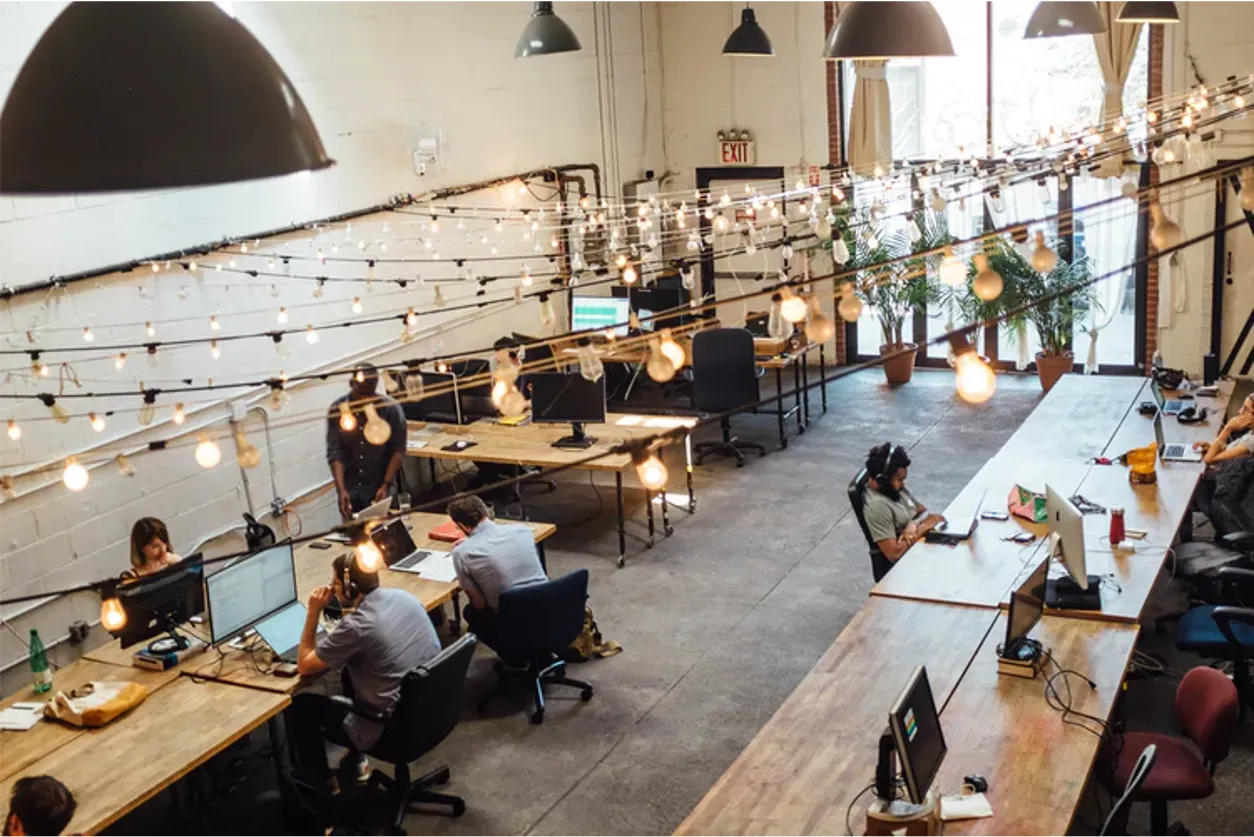Coca-Cola Vs PepsiCo is one of most heated rivalries of all time. Since the beginning of their very own coexistence in the Cola Wars, back in 1970, both companies have mutually engaged in marketing strategies and advertising campaigns which directly targeted one another. Even though, in the long run, The Coca-Cola Company and PepsiCo were able to leverage these viral campaigns to sustainably increase their profitability and create buzz, there were also some critical ups and downs for each one of the companies, which shaped the history of this dispute. This article aims to breakdown one of those defining moments: The Pepsi Challenge of 1975.
In the early 1970s, Coca-Cola had held the number #1 position in the Carbonated Soft Drinks market for decades. With an outstanding customer loyalty, solid distribution channels and effective direct communication with consumers, Coke quickly built a prestigious reputation and engaged millions of happy clients around the brand. Contrarily, Pepsi was still tasting the waters and desperately looking to aggressively earn customers’ preference, create awareness around the brand and take on Coke.
In 1975, Pepsi came up with a revolutionary way to do so, which the company keeps ongoing: The Pepsi Challenge. This legendary marketing promotion consists on sales representatives going around shopping malls across the United States and asking regular people to blind taste one cup filled with Pepsi and another with Coca-Cola, and pick which one they prefer. Then, the representative reveals the two bottles so the taster can see which one they preferred. Remarkably, every Pepsi challenge concluded that Americans preferred Pepsi over Coke, often by large margins. Following such outstanding results, PepsiCo quickly started to exhibit them in a TV campaign, showing customers taking the test and picking Pepsi over Coke, much to their own surprise.
On the other side of the battlefield, The Coca-Cola company in the early 1980s, feeling compelled to respond and fearing an enormous market share drop, became too paranoid and defensive towards the Pepsi Challenge. Several press statements were issued to question and deny the veracity of the results and a brand-new set of ads was displayed with the sole purpose of saying Coke was better than Pepsi. However, the results of this campaign proved to be useless, and Coca-Cola, instead of keep attacking The Challenge, tried to take advantage of it: Since everyone preferred Pepsi, Coca-Cola changed their secret formula to copy Pepsi in 1985.
This turned out to be disastrous. Over 400 thousand customers wrote letters to the company, demanding that they change it back to the flavour that many considered sacred. Coca-Cola’s response was then simple: keep both the new and old formulas and name each product differently: New Coke, which was sweeter like Pepsi, and Coke Classic. This strategy also massively backfired and Coca-Cola dived into an identity crisis, as clients started arguing against each other to decide which Coke was better, instead on focusing on what differentiated Coca-Cola from Pepsi.
So, given the instant success of The Pepsi Challenge and Coca-Cola’s failed overreaction, how was PepsiCo eventually unable to build on the momentum and dispute the market side-by-side with their competitors? In this article, I will briefly explain two main flaws.
The first one is related to The Pepsi Challenge itself and how one of its main premises was psychologically misconceived. Studies show that for one or two sip blind tasting tests, customers will primarily focus on the drink’s sweetness. Since Pepsi is sweeter than Coke, this would clearly skew the results in Pepsi’s favour. However, when blind tasters were eventually asked to drink one cup or cans of each product, most of them changed their first opinion and chose Coke instead.
The second one is related to strategic options. PepsiCo tried to build on the immediate impact of The Challenge, by repeating the promotion over and over and sharing the results in national TV, which came to be highly inefficient. The company should have taken advantage of the momentum to facilitate a complete customer conversion, by changing preferences and purchasing habits. Pepsi was never able to establish itself as everyone’s default cola drink.
Team Member



